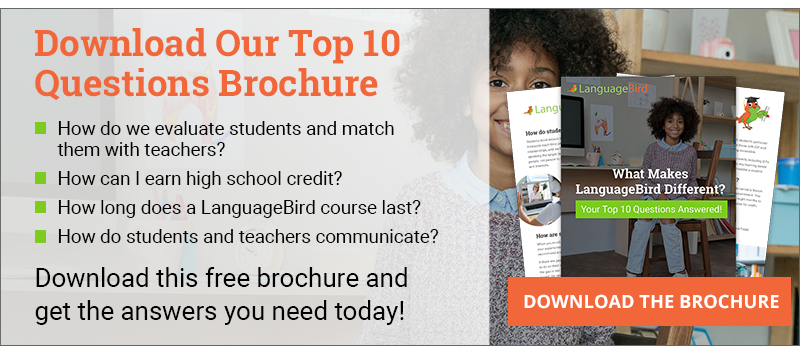
Language Fluent vs. Conversational: What’s the Difference?
There are more than 7,000 languages in the world. Some people seem talented in most languages; we could say it’s inborn. They easily switch languages back and forth without flinching. Others aren’t fluent in most languages but can hold conversations. These are the main differences between language fluent vs. conversational. Still, there are more ways you can test how fluent you are in a language.
How many various degrees of fluency are there? How will I make out if a person is fluent or not? Read on as we look into the differences between language fluency and conversational and ways you can test your fluency.

Language Fluent vs. Conversational
If you’re looking to answer the questions above, the number one step will be to ask yourself if you’re familiar with the word fluent. By definition, fluency means you can easily express yourself, or in other terms, the ability to speak freely. You don’t have to stop and construct a sentence, meaning your flow is smooth.
On the other hand, conversational is a level below fluent. The person can have trouble expressing themselves, so they tend to use gestures, simple words or even borrow a few words from a particular language to communicate effectively. With that in mind, let’s look go into more depth:
Language Fluent
Language fluency is considered the premium standard at the highest level, but there are various degrees of fluency. Some enjoy talking non-stop, while others are shy or don’t like talking. Does that mean they aren’t fluent?
When a fluent language speaker converses, even the listener doesn’t know if they can talk in multiple languages; they assume the person only knows one language. This is known as articulation and intonation. It’s also worth considering the topic; if it’s something complex and someone isn’t familiar with it, even native speakers can struggle with the words. If you disagree with this point, you should attend a third-year law class or a medicine unit (excluding lawyers and doctors) and see if you’ll understand anything.
Lastly, you should know how to discern an eloquent person from a fluent person. For instance, look at tongue twisters: phrases anyone can speak fluently; even a non-native speaker can pronounce them better than a native speaker. It’s all about practice.
Conversational Fluency
Conversational fluency is distinguished if the speaker can communicate regardless of the topic, almost like how native speakers can struggle to explain a topic beyond their understanding. On the contrary, a conversationally fluent person can know more jargon on particular things and, as a result, can talk about them with as much detail as a native speaker.
Conversational fluent persons can come with some signs indicating most of the time. The first sign is their accent, which is peculiar. Mainly because these people didn’t grow up speaking the language.
Other Tips to Indicate if You’re Fluent
- You can speak the language and still multitask
- Native speakers don’t have to alter any word for you
- You’re conscious of any mistake you make or word you pronounce wrong
- You can eavesdrop on a conversation between native speakers.
Final Thoughts
Having skills and being fluent in many languages is valuable today for high school students if they want to enroll in an exemplary college coupled with a great career. Many students struggle to learn languages taught in traditional high schools. At Language Bird, we have a team of experienced and skilled instructors ready to source the best programs for learning world languages.
Whether you want to connect and learn with a native speaker or travel abroad to practice more on your skills, Language Bird is your platform. Learn more, faster, and have fun on your own time and at your pace. If you’re ready to partner with us or have any inquiries, please contact us.





